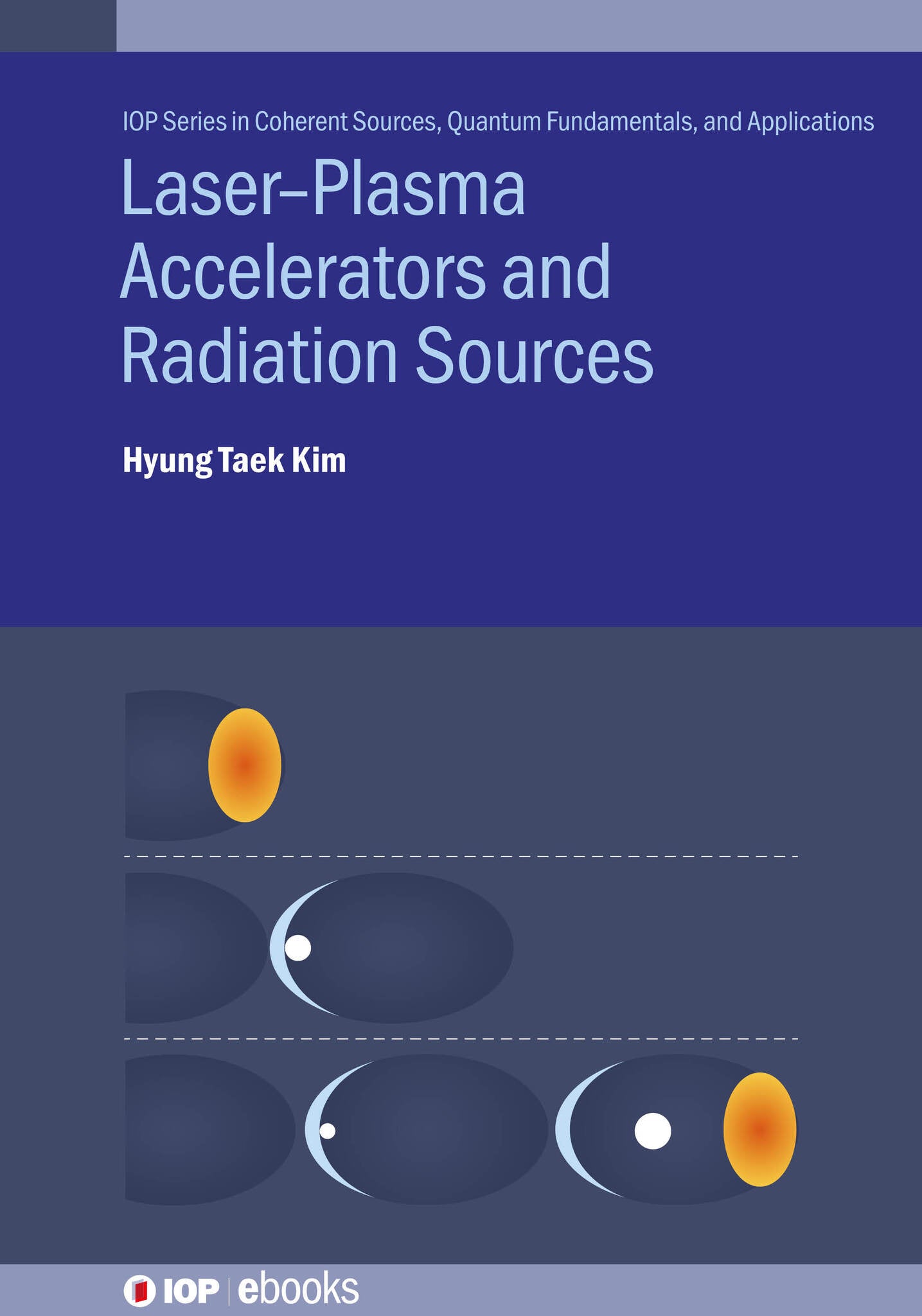We're sorry. An error has occurred
Please cancel or retry.
Laser–Plasma Accelerators and Radiation Sources

Some error occured while loading the Quick View. Please close the Quick View and try reloading the page.
Couldn't load pickup availability
- Format:
-
28 December 2023

This book will describe the laser-plasma interactions mostly driven by ultra-short ultra-intense lasers, including electron acceleration, ion acceleration, and generation of radiations.
Laser-plasma particle acceleration and radiation sources are intensively pursued due to their possibility to overcome the current limitation of linear accelerators and synchrotron sources. Currently, the operation of large-scale laser facilities, such as three pillars of extreme light infrastructure (ELI) in Europe, facilitates the investigation of laser-plasma interactions in new regimes. Therefore, the demand for comprehensive studying material to enter the research area of modern laser-plasma interactions is getting high, but there are not many books on this topic. This book can be beneficial for students and young scientists to understand the principle of laser-plasma interactions and design their experiments.
Key Features:
- Comprehensive description for an emerging field of laser-plasma accelerators and radiations
- A practice book for laser-plasma interactions
- Instructions for beginners in laser-plasma science
- The perspective of future technologies based on laser-plasma sources
- Includes Animation on high power laser operation, Video for visualizing plasma waves
- Animation on the high-order harmonic generation process and Animation on laser particle accelerations

SCIENCE / Physics / Optics & Light, Optical physics

Preface
Acknowledgments
Author biography
1 Introduction
References
2 Ultrashort intenselasers
2.1 Short pulse generation and amplification methods
2.1.1 Q-switching
2.1.2 Mode-locking
2.1.3 CPA technique
2.2 Characterization and manipulation of ultrashort lasers
2.2.1 Temporal pulse characterization methods
2.2.2 Waveform control of ultrashort laser pulses
2.3 Laser focus control techniques
2.3.1 Gaussian beam propagation
2.3.2 Wavefront of laser pulses
2.3.3 Measuring and controlling wavefront of laser pulses
2.3.4 Chromatic aberrations of ultrashort laser pulses
Exercises
References
3 Instrumentations for laser–plasma interaction with ultra-intense lasers
3.1 Vacuum systems
3.1.1 Vacuum pumps and gauges
3.1.2 Vacuum techniques for laser–plasma experiments
3.2 Optical systems
3.2.1 Selections of optics
3.2.2 Focusing geometry
3.2.3 Focal spot monitoring method
3.3 Target systems
3.3.1 Low-density plasma mediums
3.3.2 High-density plasma mediums
3.4 Detection systems
3.4.1 Cameras
3.4.2 Spectrometers
3.4.3 Interferometers
3.4.4 Radiation detections
3.4.5 Charged particle detections
Practices
References
4 Laser particle accelerators
4.1 Relativistic laser–plasma interactions
4.1.1 Optical field ionization
4.1.2 Charged particle motion in a strong laser field
4.1.3 Laser propagation though an under-dense plasma
4.2 Laser electron acceleration
4.2.1 Electron bunch injection to plasma wave
4.2.2 Acceleration processes
4.3 Particle-in-cell simulation method for laser particle accelerations
4.4 Laser ion acceleration
Practices
References
5 Radiation sources from laser–plasma interactions
5.1 High-order harmonics
5.2 X-ray lasers based on laser plasma
5.3 Betatron radiation
5.4 Other radiation sources
Practices
References
6 Applications of laser–plasma sources
6.1 Secondary sources from intense lasers and their applications
6.2 Applications of particle and radiation sources by relativistic laser–plasma interactions
References
References



